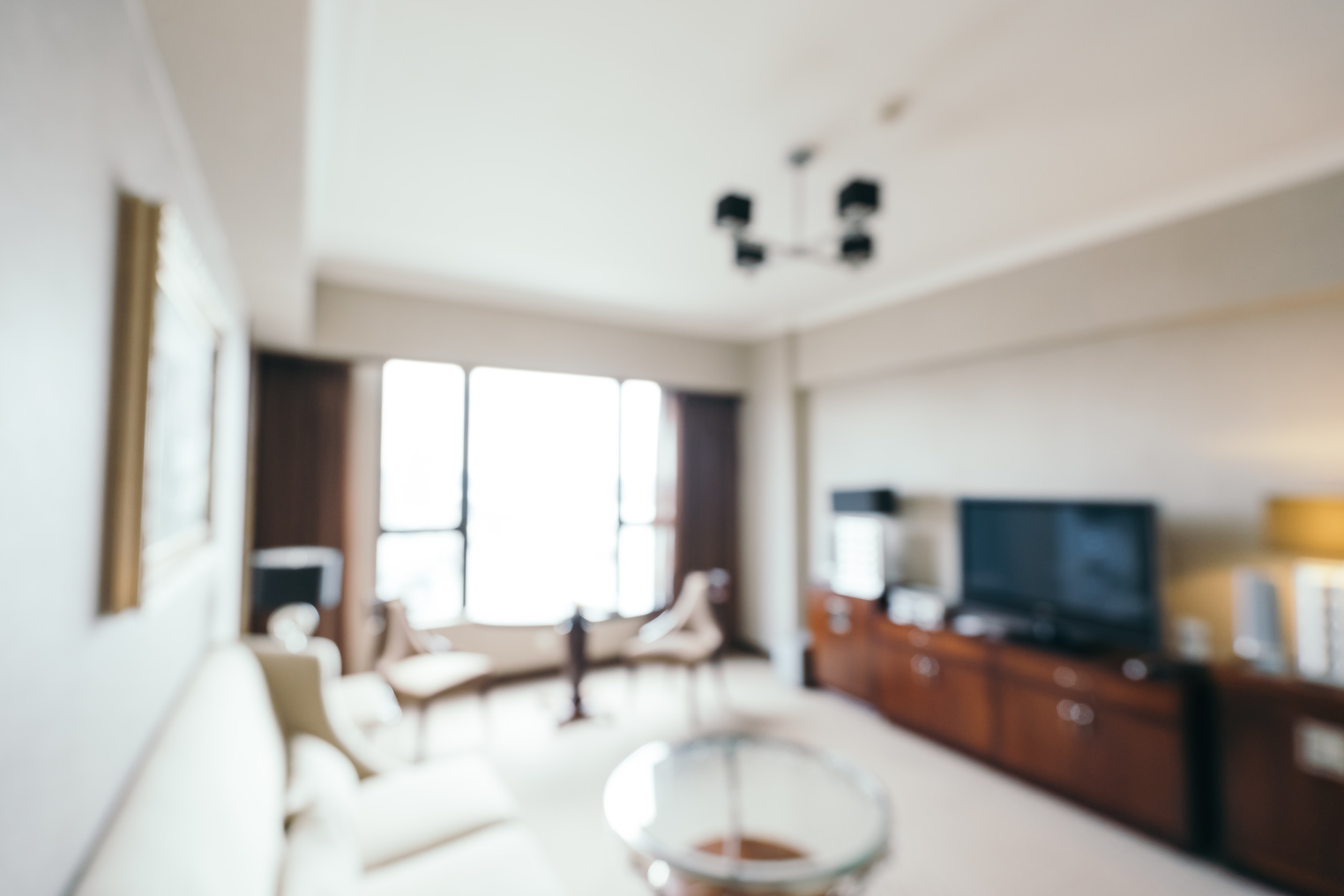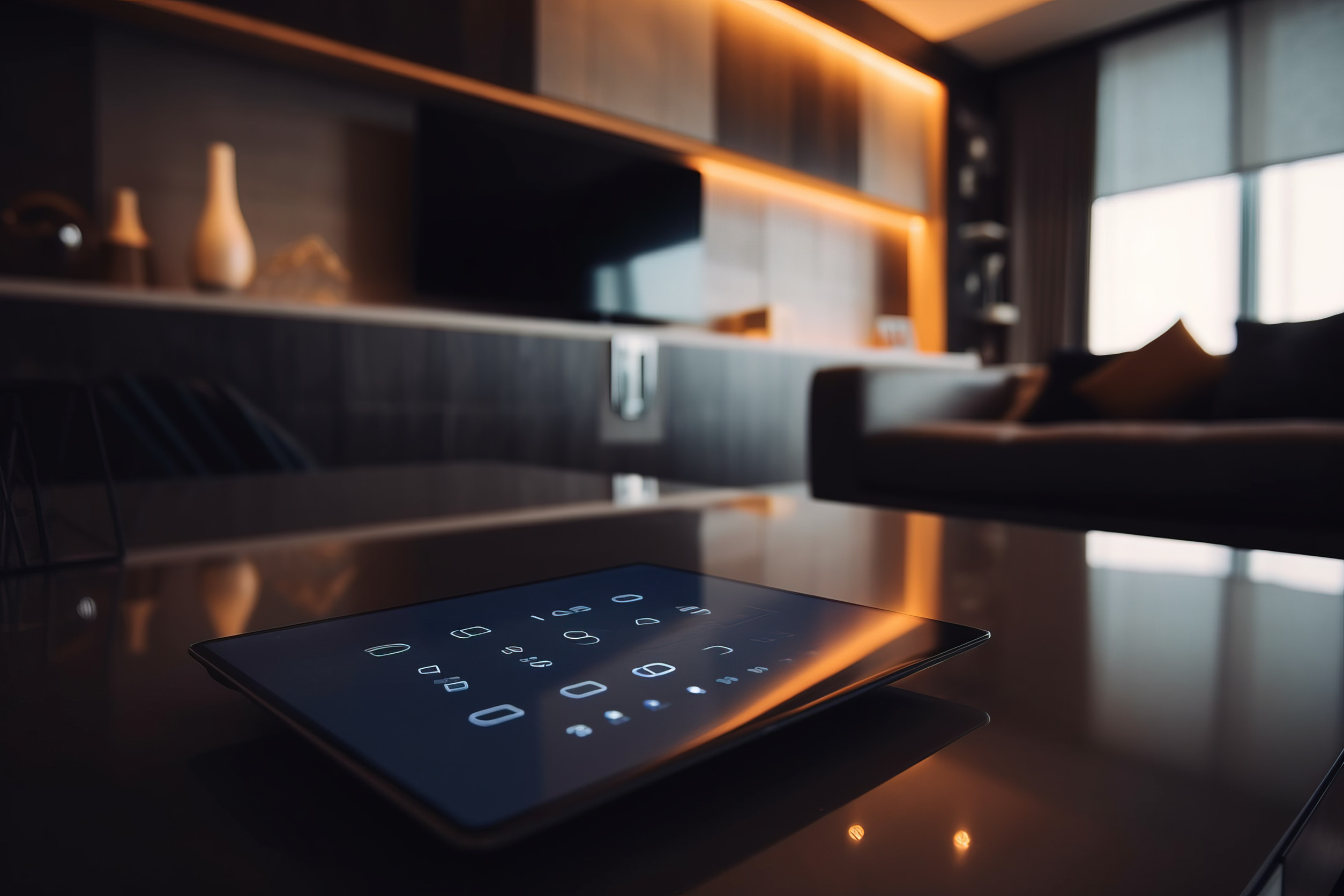The latest wave of apartment amenities promises luxury, ease, and a high-tech lifestyle—but behind the sleek surfaces, some of these perks could be inviting more trouble than they’re worth. Renters and buyers alike are drawn in by the promise of convenience and security, only to discover too late that certain features make their homes more vulnerable to thieves.
In many cases, what looks like progress is actually a soft spot that criminals are already exploiting. Tech-forward doesn’t always mean safer, and community perks can come with hidden costs.
1. Smart Locks
Smart locks seem like the future of home security, but many models are vulnerable to hacking. Bluetooth and Wi-Fi-enabled locks can be intercepted by attackers with the right tools and just a bit of know-how. Unlike traditional locks, many smart locks don’t leave physical signs of tampering, making it harder to detect a breach. Weak password practices and outdated firmware further weaken the barrier between a thief and your apartment. While convenient, these digital doorways often open more easily than expected.
2. Package Lockers
Secure package lockers in lobbies are designed to prevent porch theft, but they often become centralized targets instead. Once accessed—whether through brute force, stolen codes, or glitchy systems—a thief can hit multiple units at once. In high-traffic buildings, the lack of constant supervision makes it easier for someone to slip in unnoticed. Many residents assume their deliveries are safe just because they’re behind a keypad. In reality, these lockers can create a jackpot scenario for opportunistic criminals.
3. Keyless Entry for Guests and Services
Apps and codes for visitor entry offer flexibility but dilute security with every shared access point. Delivery drivers, cleaners, dog walkers, and guests all receive temporary or permanent entry codes, often never updated or revoked. Over time, these codes can circulate beyond their original purpose. In some cases, unauthorized users simply guess generic codes that were never customized. It’s a digital trail of breadcrumbs that leads straight into private living spaces.
4. Rooftop Lounges and Open Decks
These shared spaces are often left open late or entirely unsecured, giving intruders easy access to multiple floors. Once someone reaches the rooftop, they can sometimes access fire escapes, balconies, or stairwells to bypass traditional entry points. Rooftop areas also encourage residents to leave doors or windows unlocked for convenience. From a thief’s perspective, rooftops offer high visibility into resident behavior and entry habits. Security often takes a backseat in these Instagram-friendly hangouts.
5. Smart Home Hubs
Voice assistants and connected devices centralize control—but they also centralize risk. If someone gains access to the hub, they can control lights, locks, thermostats, and sometimes even surveillance feeds. Weak network passwords or unsecured Wi-Fi networks make these systems attractive targets. Hackers don’t need to be inside the building to exploit these vulnerabilities; remote attacks are increasingly common. A smart apartment can become a wide-open system when one device gets compromised.
6. Underground Parking Garages
Modern apartments often boast gated parking with key fob access, yet these areas are hotspots for vehicle break-ins and staged entry. Once inside, a thief can move freely without immediate detection, shielded by the building’s structure. Security cameras in parking garages are often outdated, poorly positioned, or simply ignored until after a crime occurs. Residents frequently let others in behind them, a courtesy gesture that opens the door to strangers. Gated doesn’t mean guarded, and many garages offer less protection than assumed.
7. Package Concierge and 24/7 Lobby Staff
A front desk or package concierge creates an illusion of oversight, but it’s no substitute for actual security measures. Staff may not always be trained to recognize suspicious behavior or enforce ID verification rigorously. In busy buildings, the front desk can become overwhelmed, especially during high delivery hours. Clever thieves have posed as couriers or visitors and walked out with packages and valuables in plain sight. Human error, distraction, and policy gaps leave more room for exploitation than many residents realize.
Don’t Be Fooled by the Flash
New doesn’t always mean safer. The push for high-tech and luxury features in apartment living has opened unexpected paths for criminals to exploit. Whether it’s a sleek smart lock or a shiny new lounge, many of these upgrades come with trade-offs in personal security. Residents should stay alert, ask tough questions, and take a closer look at what their building is really offering—and what it’s overlooking.
If any of these so-called perks made you pause, share your thoughts or drop a comment below—what amenities do you think are worth the risk?
Read More
This Everyday Shortcut in Apartment Contracts Can Cost You 3 Months’ Rent
7 Airbnb Listings That Seemed Safe But Weren’t


